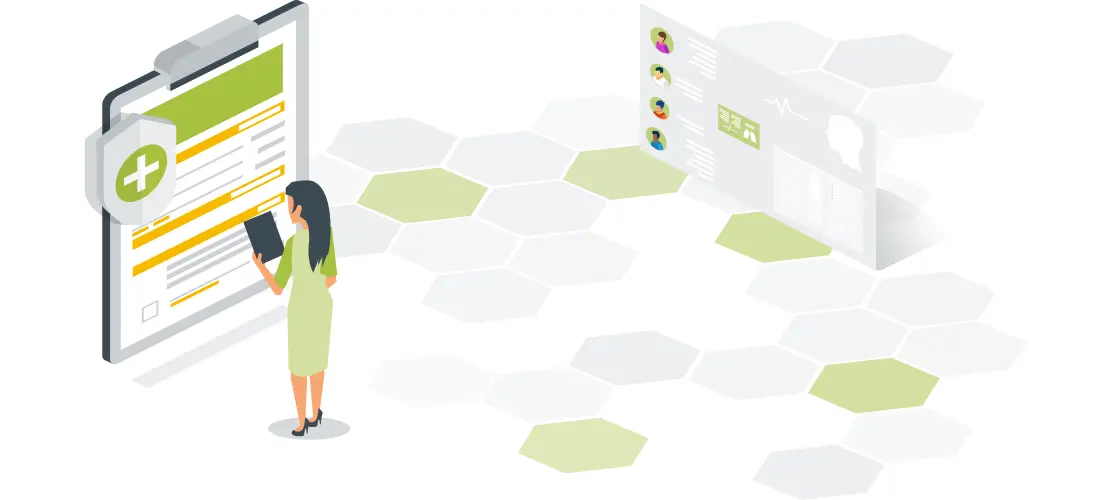Artwork and labeling content management are critical elements of the pharmaceutical industry that ensure patient safety, regulatory compliance, and brand consistency. However, managing these processes is anything but simple. But why isn’t it simple? There are many answers, including: strict regulations, lengthy drug development, and disparate and sometimes conflicting processes.
You won’t find an industry more mired in regulations than the pharmaceutical industry. Primary examples include the Identification of Medicinal Products (IDMP), the EU’s Medical Device Regulation (MDR), and more. They are designed to ensure pharmaceutical products are safe and effective, and that patients receive accurate information about the product they are taking.
Additionally, the drug development process is oftentimes lengthy, with multiple stages of clinical trials and approvals required. As they develop over time, they are likely to require multiple packaging configurations, with unique artwork and labeling content for each configuration.
To complicate things further, different, and sometimes conflicting processes resulting from product development for a multitude of countries and in varying languages makes managing artwork and labeling processes all the more challenging.
The Complexity of Labeling and Artwork Content Management
Artwork and labeling content must go through a rigorous approval process before it can be released for use. This involves multiple rounds of reviews and revisions by different stakeholders, including regulatory agencies, marketing teams, and legal departments. Additionally, pharmaceutical products often have multiple packaging configurations, such as different sizes and shapes of boxes, bottles, and tubes. Each of these packaging configurations may require unique artwork, which must be consistent with the overall branding of the product.
The average person requiring a prescription doesn’t think about the details involved in creating the product, its packaging, and artwork and labeling content. They just want to feel better, not considering basic details such as the drug’s name, dosage, administration instructions, and important warnings and precautions about potential side effects and interactions with other medications. Furthermore, these are made even more complex by individual requirements of different regulatory bodies that companies must follow, including in various foreign languages.
Alleviating the Pain
There are many catalysts for a labeling or artwork change, such as a safety, indication, storage, shelf-life, and even a corporate branding change. Once the change process begins, regulatory and artwork professionals must juggle what is changing, when it’s needed by, and which countries are impacted. This process is, by its very nature, complex, time consuming, costly, and error prone. Let’s explore the three pain points life sciences companies face resulting from labeling and artwork content management and how to solve them.
Reducing Time and Costs with Automated Tasks
Life sciences companies typically have large volumes of labeling and artwork content that require manual review and management. This process requires a significant number of human resources to ensure compliance with regulatory requirements. However, automated tools can significantly reduce the time and costs associated with labeling and artwork content management. For example, automated tools can streamline the review and approval process, reducing manual activities and allowing teams to collaborate and make changes in real-time. By leveraging automation, life sciences companies can improve efficiency, reduce errors, and ensure compliance, all while saving time and money.
Avoiding Risk and Ensuring Patient Safety
To avoid risks and ensure patient safety, companies must prioritize compliance with regulatory guidelines and best practices. This can be achieved through rigorous quality control processes, ensuring all content is reviewed by qualified professionals with a deep understanding of the industry and the regulatory landscape. Companies can also leverage automated tools to reduce the risk of errors and oversights that lead to product recalls. There is no choice but to continuously monitor and assess labeling and artwork content to ensure it remains up-to-date and compliant. By implementing these measures, life sciences companies can reduce the risk of harm to patients and maintain the highest standards of safety and quality in their products.
Increasing Visibility with Impact Analysis
Increasing visibility and conducting impact analysis ensures labeling and artwork content management is optimized for efficiency and regulatory compliance. Impact analysis involves assessing the impact of changes to labeling and artwork content, which helps identify potential risks and ensures all necessary stakeholders are involved in the review and approval process. Technology solutions provide real-time tracking and reporting capabilities, allowing teams to monitor progress and identify bottlenecks. Additionally, companies can establish cross-functional teams with representatives from various departments to take all perspectives into account.
How Digital Solutions Help
Digital solutions streamline the entire labeling and artwork content process, from content creation to printing. Esko has two decades of experience in developing solutions to simplify artwork and labeling content processes. WebCenter, a workflow solution that provides a central digital source for managing artwork and label creation, features preconfigured, customizable, and scalable workflows with automated tasks, version control, search capabilities, and automated artwork update capabilities. WebCenter eliminates scattered processes that rely on searches through emails, phone calls, verbal dialog, and information across multiple platforms.
Don’t just take it from us! Hear what our pharmaceutical customers have to say about WebCenter.
Considering the cost of acquiring WebCenter, of implementing and maintaining it, and comparing that with the benefits, it is difficult to understand why all businesses don’t use it. The return on investment is amazingly fast, and it continues to deliver more benefits over time.
For us, the traceability of changes is very important. That is why we appreciate the WebCenter workflow solution.
Overall, digital solutions save time and resources, increase efficiency, reduce the risk of errors and delays, and ensure compliance, making it a critical component of labeling and artwork content management for life sciences companies. Interested in streamlining your label and artwork content management with solutions from Esko? Download the infographic to learn more!


